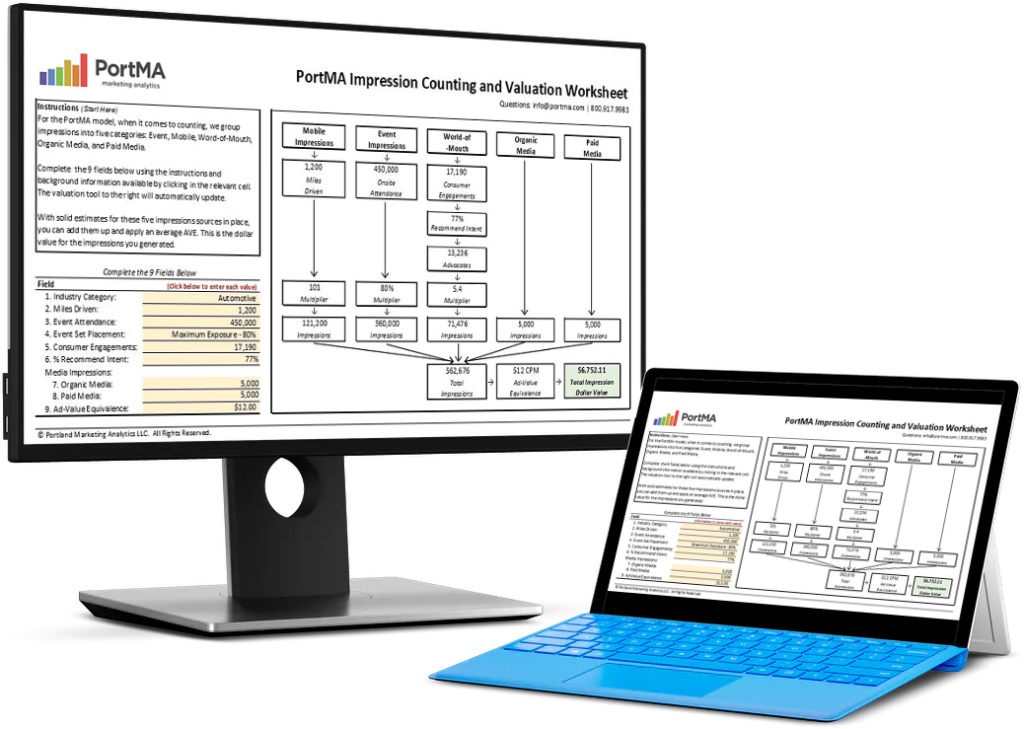
Building and encouraging customer loyalty are undoubtedly important to the health of your brand. But how do you measure whether your loyalty marketing campaigns have the desired effect? In Part One of this blog, we considered two out of four revenue drivers. In Part Two, we will take a look at the other two and then look at return-on-investment (ROI) calculations.
Estimated reading time: 3 minutes
Four Areas of Loyalty Campaign Revenue (Continued)
3. Are you Reducing Customer Defection?
Customer defection can be driven by multiple factors. However, when analyzed closely, most can be traced to one simple concept. When the expectations set by a brand’s marketing don’t align with the customer’s experience of the product.
Loyalty marketing campaigns have a role to play in correcting misconceptions or leveling expectations created by overly aggressive marketing. Skillfully crafted marketing communications can align expectations and experience, limiting churn in the process.
4. Are you Delivering Great Customer Service?
Years of research have shown that customers who had a problem with a product and were happy with the assistance they got are more loyal than those who never had a problem in the first place.
Experiencing a problem can generate loyalty if the customer service your brand delivers matches or exceeds their expectations. If the customer feels that the brand “has their back” and cares about them, they will value that experience when it comes to choosing where to put their money. It’s an excellent way to grow incremental revenue.
(You can listen to the full episode of the podcast below.)
How To Measure Customer Loyalty ROI
Measuring the effectiveness of your campaign does not need to be difficult. You need two customer groups – one that has been exposed to your marketing communications and another that hasn’t.
Key metrics for defining loyalty include customer perception, customer satisfaction, continued usage intention, and customer loyalty. Based on these measures, you learn from your control group that the brand has a baseline loyalty of 60%. Six out of ten customers will continue to use your product.
Then you are putting similar questions to the people exposed to the marketing communications. Let’s assume their answers result in a loyalty score of 80%. Eight out of ten customers intend to continue purchasing your brand.
Your loyalty marketing campaign created this 20 percentage-point difference. Those are customers who may otherwise have defected. From this point, you can do the math to get to the dollar value that the communication provided. Then you divide that by what you spent for the entire campaign to arrive at an ROI.
However, there are questions that need consideration. You might question whether all customers are equally valuable in this scenario. And how many of them will follow through on their intention and purchase from you? Does your research scale, and is it truly a predictor of the future?
All of those are valid questions, and you can start addressing them with future campaigns. For a start, this simple way of measuring allows you to start taking credit for revenue. In addition, it also demonstrates that customer loyalty marketing can be just as powerful as campaigns aimed at customer acquisition.

Download the Free Spreadsheet Tool
CALCULATE THE DOLLAR VALUE OF EVENT IMPRESSIONS
PortMA Impression Counting and Valuation Worksheet
Download this spreadsheet and complete the fields for your campaign to get a clear count of your activation impressions translated into a Dollar Value of Marketing
Impression Spreadsheet
